- 合集
- [VCB-Studio] 出包王女 / To LOVE-Ru / To LOVEる -とらぶる- 10-bit 1080p HEVC BDRip [S1 Reseed + S2-S4 Rev + OADs Fin]
[VCB-Studio] 出包王女 / To LOVE-Ru / To LOVEる -とらぶる- 10-bit 1080p HEVC BDRip [S1 Reseed + S2-S4 Rev + OADs Fin]

出包王女 / To LOVE-Ru / To LOVEる -とらぶる- BDRip Reseed
更多出包王女 / Motto To LOVE-Ru / もっとTo LOVEる -とらぶる- BDRip Rework
出包王女 Darkness / To LOVE-RU Darkness / To LOVEる -とらぶる- ダークネス S1+S2 BDRip Rework
出包王女 Darkness OAD / To LOVE-RU Darkness OAD / To LOVEる -とらぶる- ダークネス OAD BDRip
部分集数内封评论音轨。
Certain episodes contain commentary tracks.
本次制作使用 Darkness OAD 的 BD-BOX 对 OAD 进行重制,并顺便重制了 TV S2-S4。新版本的不同主要在于:
1. 改进了线条处理手段,可以很好地解决之前版本 AA 造成的模糊和细节损失等问题。
2. 改变了色带处理手段和力度,大幅减少了对纹理的涂抹。
3. 修复了之前没修复的烂边和振铃问题。
4. 对噪点进一步处理,并改进了编码,大幅减少了压缩瑕疵。
5. 对第二季度的转场处静态画面重新设计了逆向拉伸重构手段,改善了之前版本用力过猛导致的严重振铃问题。
出包王女 S2-S4 以及 OAD 均为原生 720p 制作。虽然很遗憾没有使用 XEBEC 的 FHD 产线,但作画精度明显比一般的 720p 要高很多。不过原盘的质量就比较一般了,而且制作也比较混乱。我们主要的处理手段是自适应逆向拉伸重构、自适应修烂边、抗锯齿、去振铃、自适应去色块、自适应去色带、补偿性锐化、噪点层时域稳定和自适应降噪。详情见下。
S2 大部分画面使用锐利算法拉升后做了类似去振铃的操作,导致这部分画面模糊的同时带有细碎锯齿,其余画面则使用了柔和的拉升算法。整体来说线条较模糊,振铃也比较少。制作难点在于有拉升算法混用的情况,而且章节转场处静态画面的逆向拉伸的流程非常麻烦,还有少数官方漏掉去振铃处理的分镜需要单独处理。这季度还有个比较恼人的问题是原盘编码较差,导致动态部分有非常严重的压缩瑕疵,不仅使逆向拉伸的误差变大,而且强行逆向拉伸重构后部分瑕疵还会变得更加明显。
S3 线条相对来说比较锐利,锯齿和振铃也比较严重。大部分画面使用常规算法拉升后做了锐化,少数画面则是使用锐利算法拉升。
S4 使用了非常柔和的拉升算法,导致线条较模糊。
OAD 由于制作跨度较长,画质类型分为以下 3 类:
1. OAD01-02。大部分画面使用常规算法拉升后做了锐化,少数画面则是使用锐利算法拉升,和 S3 属于一类。
2. OAD03-06。这几集全部使用锐利算法拉升,有严重的拉升带来的细碎锯齿和振铃。
3. OAD07-10。线条较模糊,和 S4 属于一类。
再来说点共性的特征:
1. 源的原生分辨率整体来说为 720p,但实际穿插了不少接近 720p 的变体,比如 719.8、712.9,还有一些比例不成 16:9 的分辨率。这些变体有的逆向拉伸非常麻烦,无脑套用 720p 的处理方案的话会导致各种各样的问题。
2. 部分素材本身分辨率过高,远远超过 720p 的极限,导致了这部分素材在缩小至 720p 进行制作时产生了非常严重的锯齿。
3. 画面四周有非常奇葩的烂边,在同一集内时有时无,在不同季度中的位置和强度也不一样。
4. 源的色带也比较怪,大概是因为素材问题,只有少数集数的部分背景会出现非常恐怖的色带,另外还有个别集数全集的色带问题都比较严重。
5. 原盘还在后期加了一层高强度动态噪点,虽然一定程度上减少了在原盘编码过程中引入的色带,但对素材本身的色带是一点改善都没有(SBMV 也救不了前期制作拉跨),还吃掉了不少码率,导致画面有大量蚊噪、色块等欠码现象。
我们设计了一个自动化方法,根据实时分析结果自动选择逆向拉伸的参数,并根据源的特点分别选择合适的神经网络算法进行重构,同时配合必要的遮罩以保护 FHD 的素材,然后进行适当的抗锯齿和去振铃处理。对于素材分辨率过高的情况,我们只能采用较为保守的逆向拉伸流程 + 更加优秀的神经网络算法来进行重构,具体可看第 2、5、6、8 组对比图。我们还为出现烂边的集数设计了一个自动化检测方法,只在需要时对烂边进行修复,以防止误伤。对于第二季度动态场景的压缩瑕疵,我们又设计了一个自动化检测方法来自适应调整修复的力度,并使用一个强力的神经网络进行修复,具体可看第 1 组对比图。然后是常规的自适应去色带和补偿性锐化。我们还对对色带特别严重的部分加大了去色带力度,具体可看第 3 组和倒数第 2 组对比图。最后,关于原盘的噪点,如果完全保留的话部分集数的成品体积会达到 3GB 一集,强行压体积的话不免会产生大量压缩瑕疵。所以我们对原盘的噪点层进行了时域稳定,并配合亮度自适应降噪以控制体积。
对于第一季,上古 QTEC BD 长什么样大家心里也有数了。我们这次顺便检查了一下 Sentai Filmworks 发行的 USBD,虽然前前后后发了好几个版本,但实际里面的问题还是和 JPBD 差不多。我们还检查了一下 R2J DVD,虽然 BD 里面的鬼影、缟搞、线条抖动、以及奇怪的 telecine pattern 都没有了。但是由于 DVD 还有大光环晕轮、细节损失和压缩瑕疵等问题,目前的手段依然不能做出令人满意的成品。如果将来有更好的源或者更好的处理手段的话,我们也会考虑重制第一季度。
其他修正:
1. OADs 添加 DVD 前五卷的扫图;
2. 增补 CD;
3. 按现行规范对部分 CD 进行修正。
We have reworked all the OADs using the Darkness OAD BD-BOX, and we took the chance to rework S2-S4 of the TV series as well. The main improvements of this release are:
1. Improved processing of the lines such that blurring and detail loss caused by anti-aliasing could be avoided.
2. Different approach and processing strength dealing with banding such that texture smearing is greatly reduced.
3. Fixed border artifacts and ringing issues.
4. Further grain processing with improved encoding parameters such that compression artifacts are greatly reduced.
5. A descaling and reconstruction method specifically designed for the chapter-switching artwork in S2 to ameliorate the severe ringing issue caused by strong processing.
To LOVE-Ru S2-S4 and all OADs are produced in native 720p. It’s a shame that this show was not on the XEBEC Full-HD production line, though sakuga details are much richer than other 720p titles nonetheless. The image quality of the Blu-ray, on the other hand, is just mediocre and kind of messed up. We mainly applied adaptive descaling and reconstruction, adaptive border fixing, anti-aliasing, anti-ringing, adaptive deblocking, adaptive debanding, compensatory sharpening, temporal grain stabilization, and adaptive denoising, which are detailed below.
S2 for the most part is upscaled with a very sharp algorithm and some kind of post hoc de-ringing filter, resulting in a blurred image with fine aliasing, while other parts are upscaled with a softer algorithm. In general, lines are blurry without much ringing. The main difficulties we had are the mixed upscaling algorithms used in different cuts, the complex filter chain of descaling for the chapter-switching artwork, plus occasional cuts that do have leftover ringing. This season also suffers from bad encoding that led to severe compression artifacts, not only made descaling it more difficult due to bigger error, but also amplifies the artifacts after descaling & reconstruction.
S3 has relatively sharp lines, with worse aliasing and ringing issues. Most scenes are upscaled with ordinary algorithms followed up with sharpening, while others are upscaled with sharp algorithms.
S4 is upscaled with a very soft upscaling algorithm, resulting in blurred lines.
The OADs were made across a pretty long time span, and can be put into three categories in terms of their image quality:
1. OAD01-02, mostly upscaled with ordinary algorithms followed by sharpening, others upscaled with a sharp algorithm, similar to S3.
2. OAD03-06, all upscaled with a sharp algorithm, with severe fine aliasing and ringing.
3. OAD07-10, with blurry lines, similar to S4.
Common issues:
1. The native resolution of the source is 720p in general, however mixed up with quite some variants, such as 719.8p, 712.9p, etc., some of them are not even in 16:9. It has been tedious to deal with some of these variants, as blindly using the 720p filter chain can cause other issues.
2. Some assets have way higher original resolution than 720p, which appear to have strong aliasing when they're downscaled to fit into 720p.
3. Weird border artifacts around the image, could come and go within a single episode, with varying locations and strengths across different seasons.
4. Strange banding issues which might also attribute to assets being used, as there are extremely strong bandings in the background of a few episodes, and some episodes just have strong bandings throughout.
5. A layer of strong dynamic grains were added in the source, which does reduce the bandings during encoding, but won't help with the banding issue in the assets themselves (SBMV won't save a bad production), while costing a ton of bitrate, resulted in a lot of DCT noise and blocking.
We have designed an automated approach, to determine the descaling parameters by analyzing the source in real-time, and choose the proper neural-network-based upscaling filter for reconstruction, together with necessary masking to protect full-HD assets, and then applied appropriate anti-aliasing and de-ringing processing. For assets with very high original resolution, we could only use a conservative descaling method together with a better neural-network-based upscaling filter for reconstruction (see screenshots pair #2, #5, #6 and #8). We have also designed an automated border artifact detection approach to apply the fix only when there are border artifacts present. For the compression artifacts in the motion scenes of S2, we designed yet another automated approach to adjust the processing strength, paired with a strong neural-network filter (see screenshots pair #1). We then applied routine adaptive debanding and compensatory sharpening. We specifically turned up the debanding strength for scenes with strong bandings (see screenshots pair #3 and #15). Lastly, we had to apply temporal stabilization for the grain, paired with luma-adpative denoising to restrain the bit-rate, otherwise some episodes might be over 3 GB, or left with tons of compression artifacts if one forcibly compresses it down.
As for S1, we all know now how ancient QTEC Blu-ray looks like. We had a look at the recent release of US Blu-ray from Sentai Filmworks, only to find out that they share more or less the same issues as the Japanese version, despite quite a few editions having been released. We've also checked the R2J DVD, and while there are no issues like ghosting, scaled combing, line flickering and weird telecine patterns which found in the Blu-ray, there are still wide haloing/ringing, detail loss and compression artifacts present, for which we cannot fix them to our satisfaction at the moment. We would consider reworking S1 in the future in case better sources or filters become available.
Other fixes:
1. Added scans for the first 5 volumes of OADs
2. Added more CDs
3. Fixed some CDs with new naming rules
VCB-Studio 已不再保证收集作品相关 CD 和扫图资源,详情请参见 https://vcb-s.com/archives/14331。
Please refer to https://vcb-s.com/archives/14331 for more information about that VCB-Studio will no longer guarantee to include relevant CDs and scans.
有关 TSDM 合购区的详情请参见 https://www.tsdm39.com/forum.php?mod=viewthread&tid=879923。
Please refer to https://www.tsdm39.com/forum.php?mod=viewthread&tid=879923 for more information about jointly purchased music.
本组(不)定期招募新成员。详情请参见 https://vcb-s.com/archives/16986。
Please refer to https://vcb-s.com/archives/16986 about information of our (un)scheduled recruitment.
播放器教程索引: VCB-Studio 播放器推荐
中文字幕分享区: Anime 分享论坛
项目计划与列表: VCB-Studio 项目列表
特殊格式与说明: WebP 扫图说明
Comparison (right click on the image and open it in a new tab to see the full-size one)
Source________________________________________________Encode
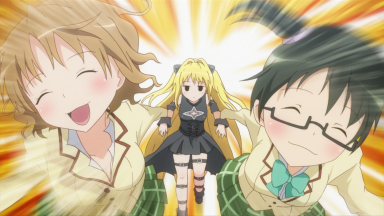

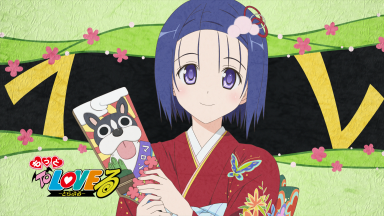

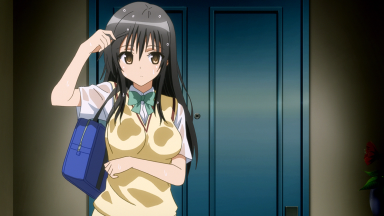



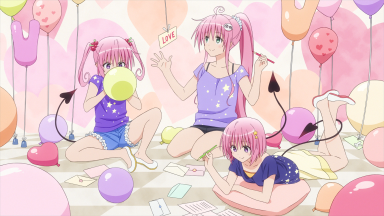

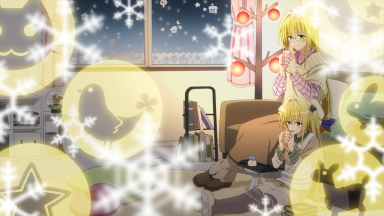

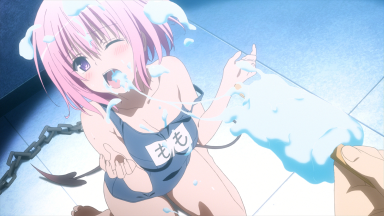

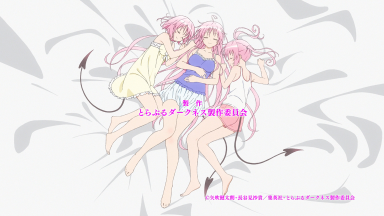

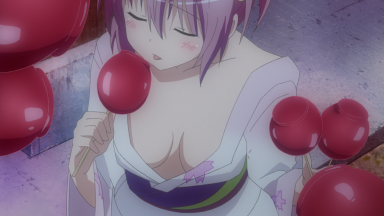

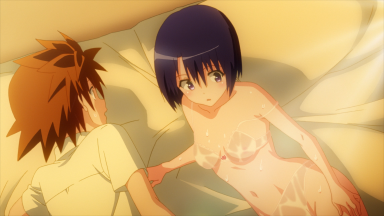

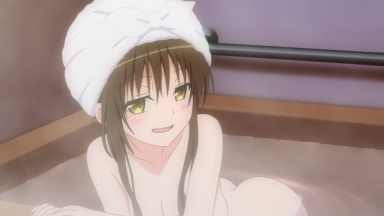



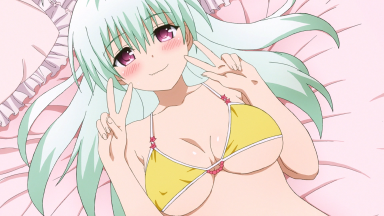

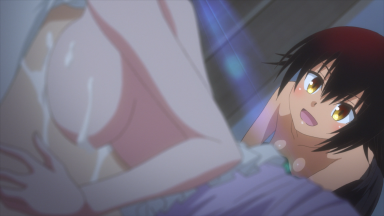

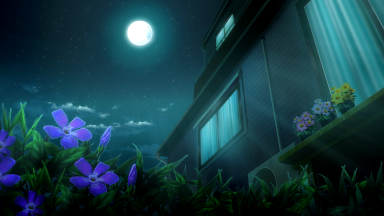





最新回复 (0)


